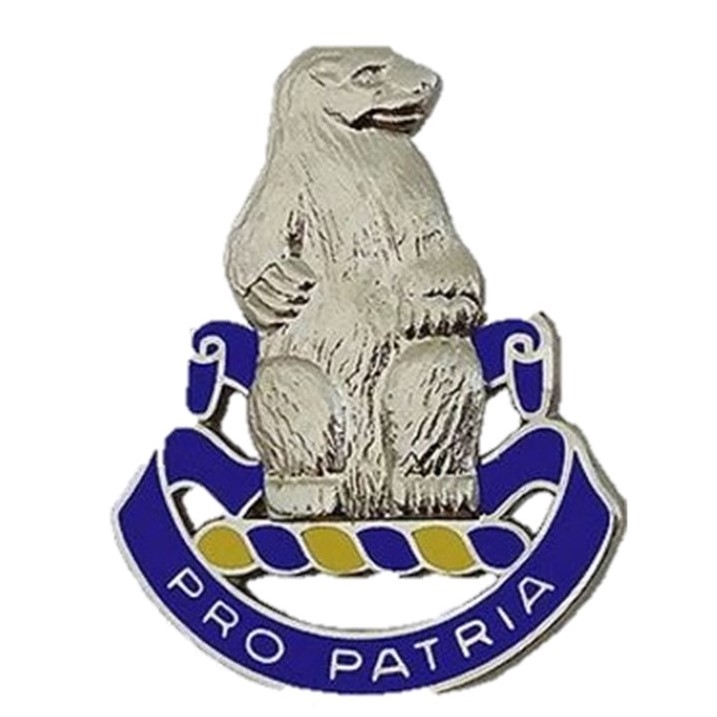
| Historian | Al Olson: | wannagoyes@gmail.com |
|---|
| Assitant Historian: | office vacant - Contact Al Olsen to volunteer |
|---|

|
|

|
The Roots of the Modern 31st Infantry Regiment are Grounded in Events that Happened over 100 Years Ago.
|
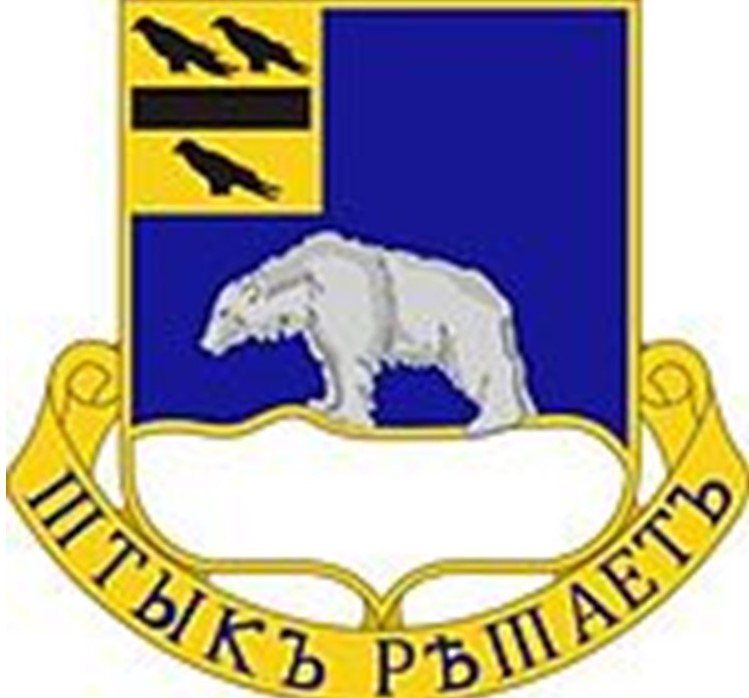
|
Those Other Polar Bears! The 339th Regiment was created in June 1918,
composed mainly of young draftees,
for the purpose of fighting on the Western Front in France. Most of the 4,487 men
were from Michigan, but some 500 draftees from Wisconsin were included.
It was commonly referred to as "Detroit's Own". They were sent to fight the
Bolsheviks in Northern Russia. Their Regiment's official 'nickname' is the "Polar Bear" (singular) because
of their inaugural service in West Siberia. Story of the 'Other' Polar Bear (singular) |
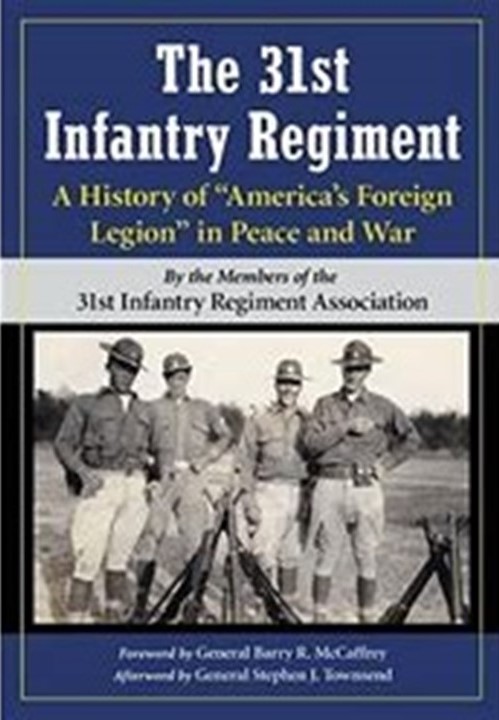
|
|

|
|

|
Wikipedia Article on 31st Infantry Regiment History 1916 - 2024 |

|
|
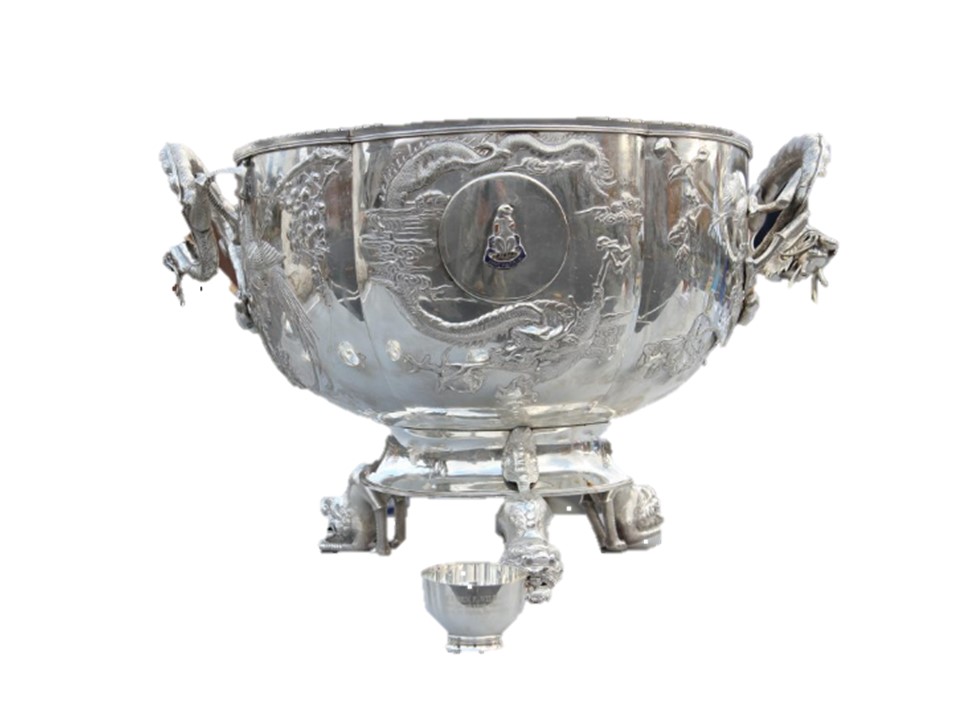
|
In 1942, as Japanese forces advanced on Corregidor, soldiers from the US Army’s
31st Infantry Regiment burned the regimental battle standards and buried a silver bowl
and cups. The bowl was a prized Army heirloom known as the Shanghai Bowl, and the
soldiers didn’t want it to fall into enemy hands. When the war was over, a contingent,
including one who helped bury the bowl, returned to Corregidor to retrieve it.
It took two months of digging, but they eventually unearthed it.
Today, the Shanghai Bowl remains a symbol of the heritage of the 31st Infantry Regiment
and is housed at Fort Drum, New York. |
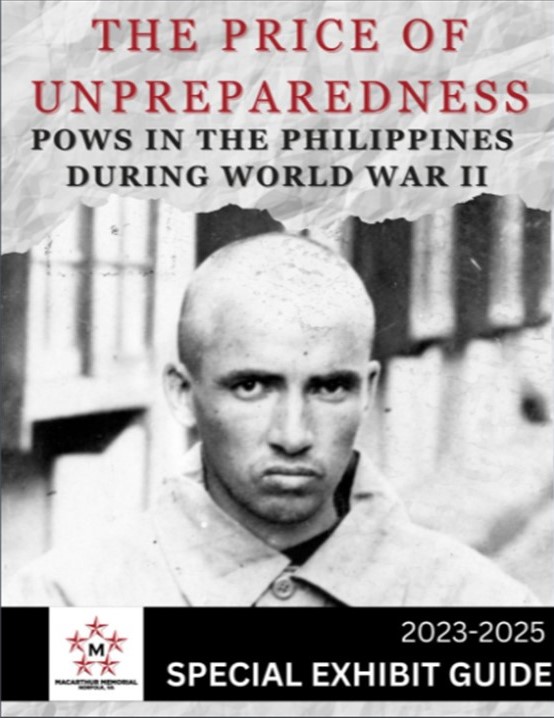
|
The history of failure in war can almost be summed up to two words: too late. The Price of Unpreparedness POWs in the Philippines during World War II |
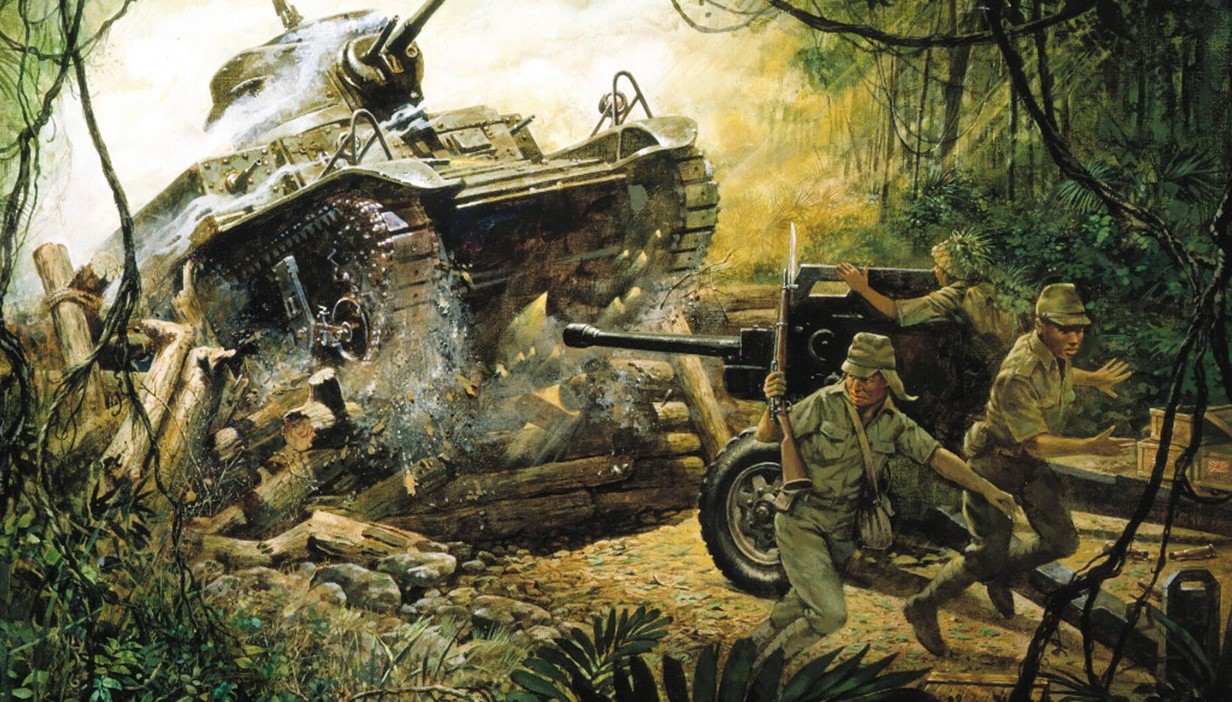
|
|
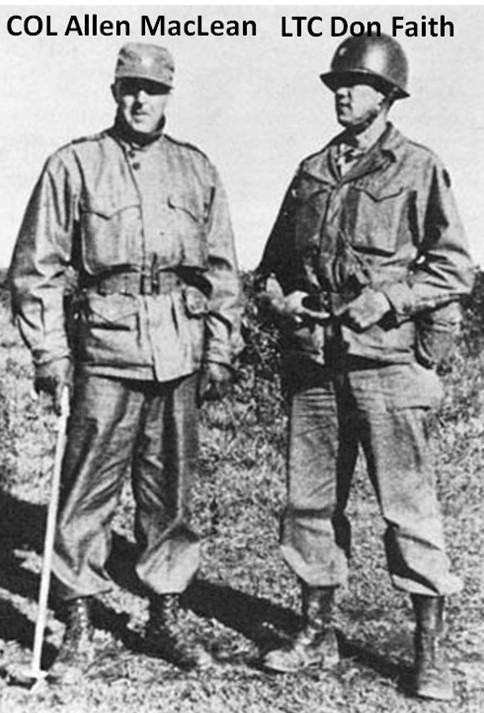
|
|
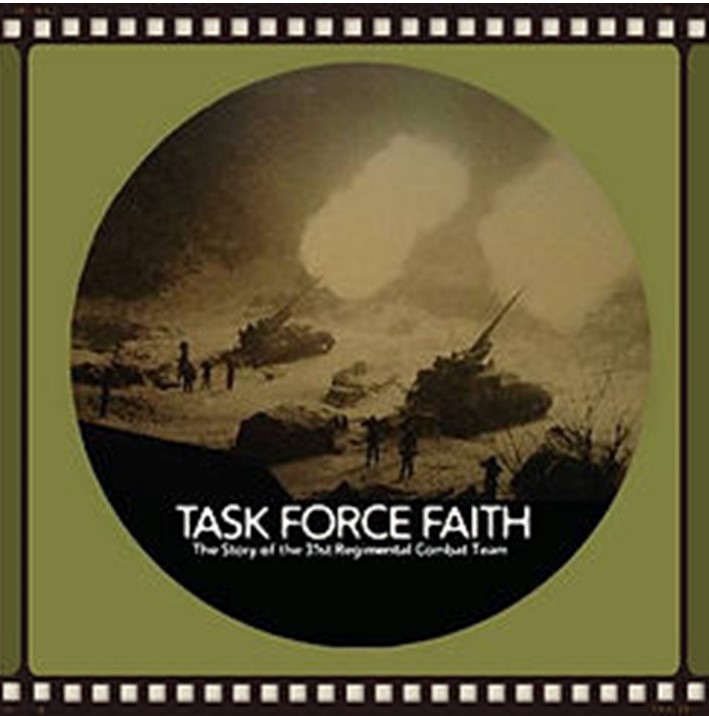
|
Julie Precious' Documentary Julie's documentary is for sale or rent. Details at link. |
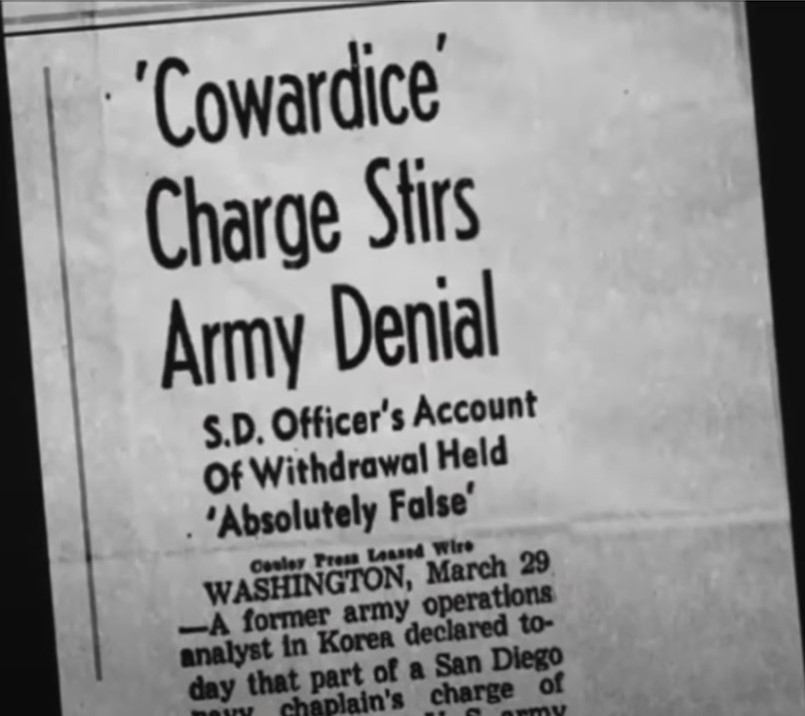
|
This eight-part video is the detailed saga of Task Force MacLain/Faith including the
laying of blame on the commanders who earned it. The 31st Regimental Combat Team got a
"bad rap" that lasted for 50 years due to the misdescripton of their staunch determination
to hold the enemy at bay until, at last, the very means to continue the defense was
expended and the survivors had nothing left to fight with; they then exfiltrated the
battlefield having held about 20,000 Chinese seeking to encirle the 1st Marine divison
at bay for 5 days and nights, being decimated in the process.
|

|
|
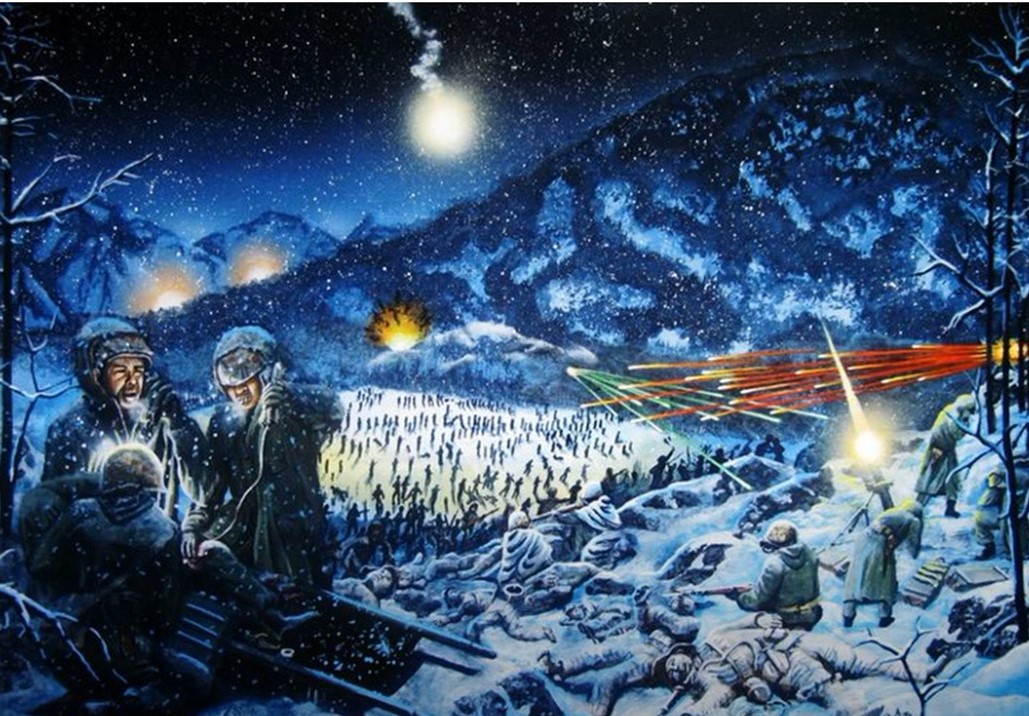
|
|
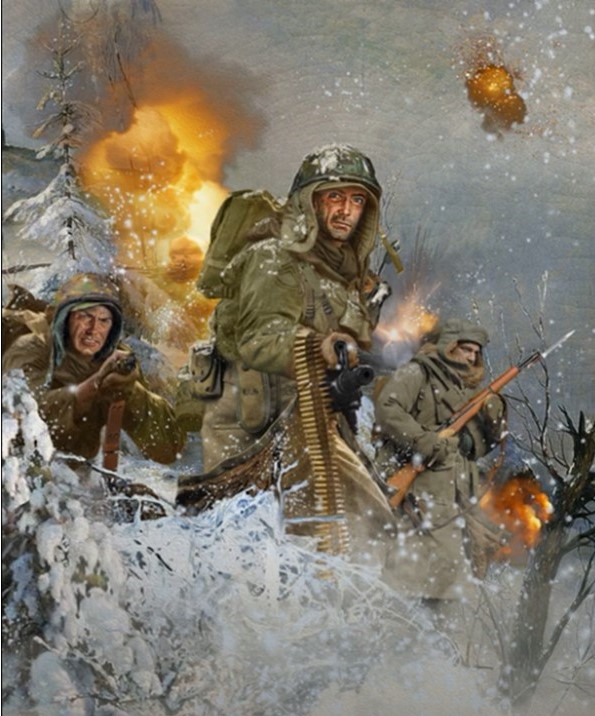
|
|

|
|
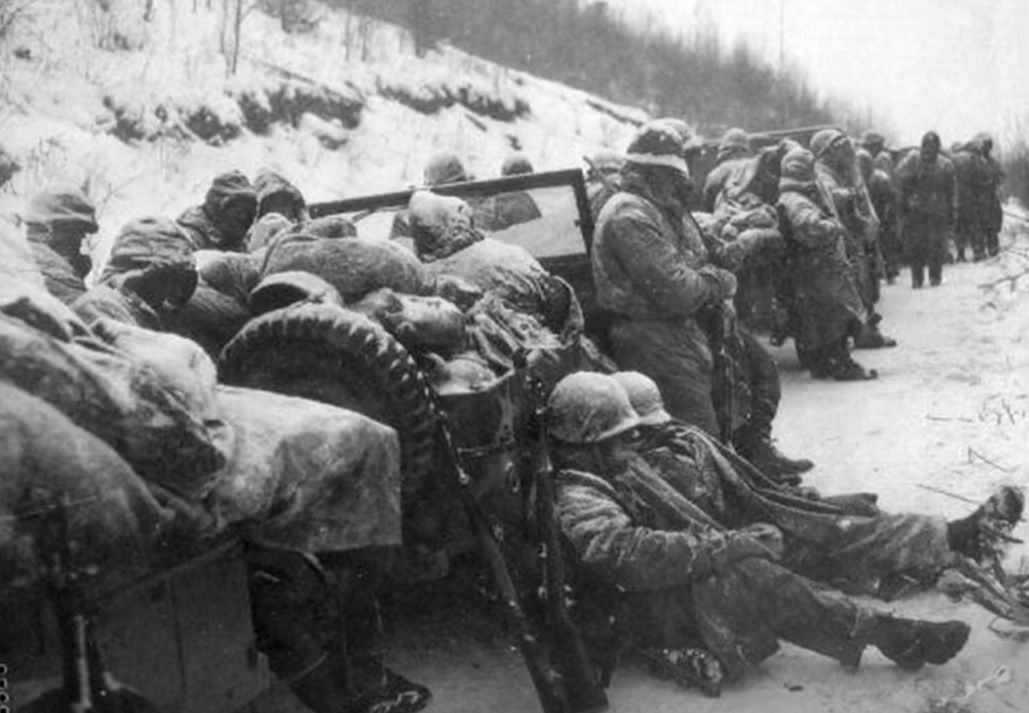
|
|
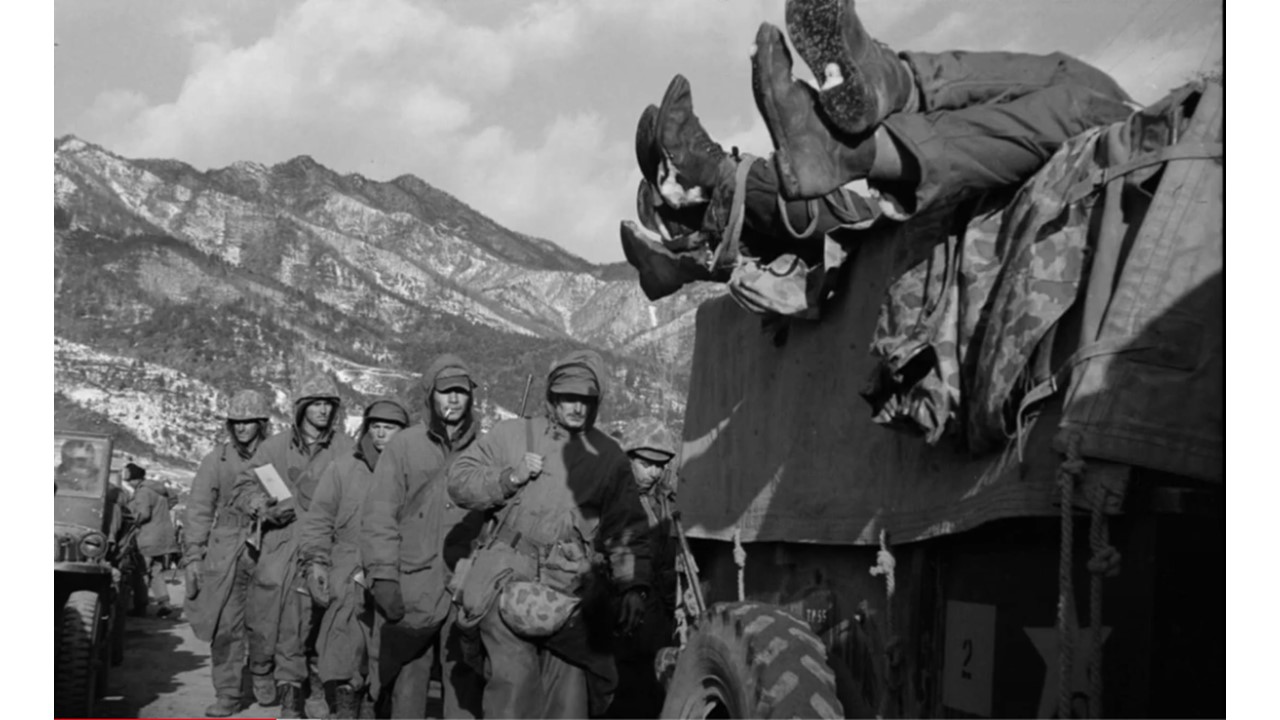
|
|
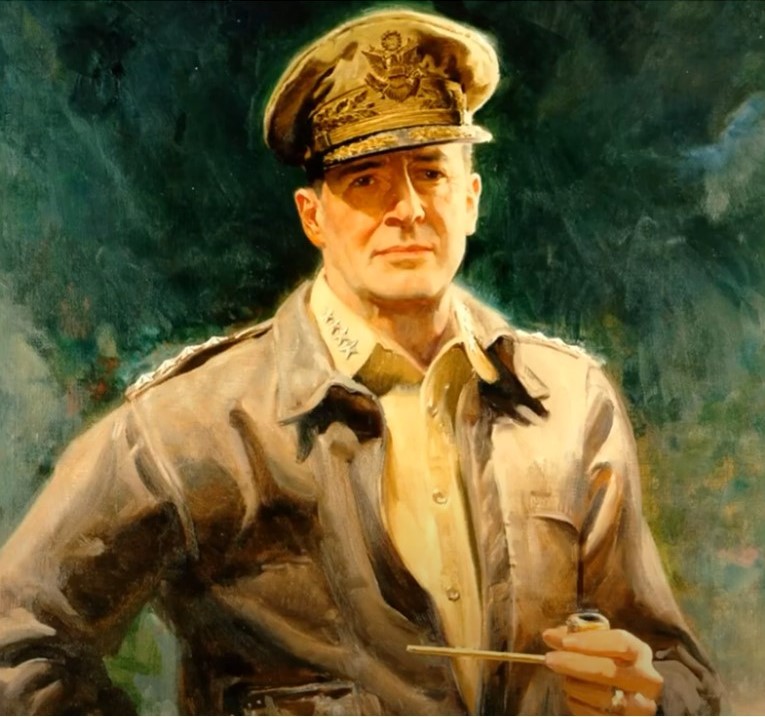
|
Episode 7 |
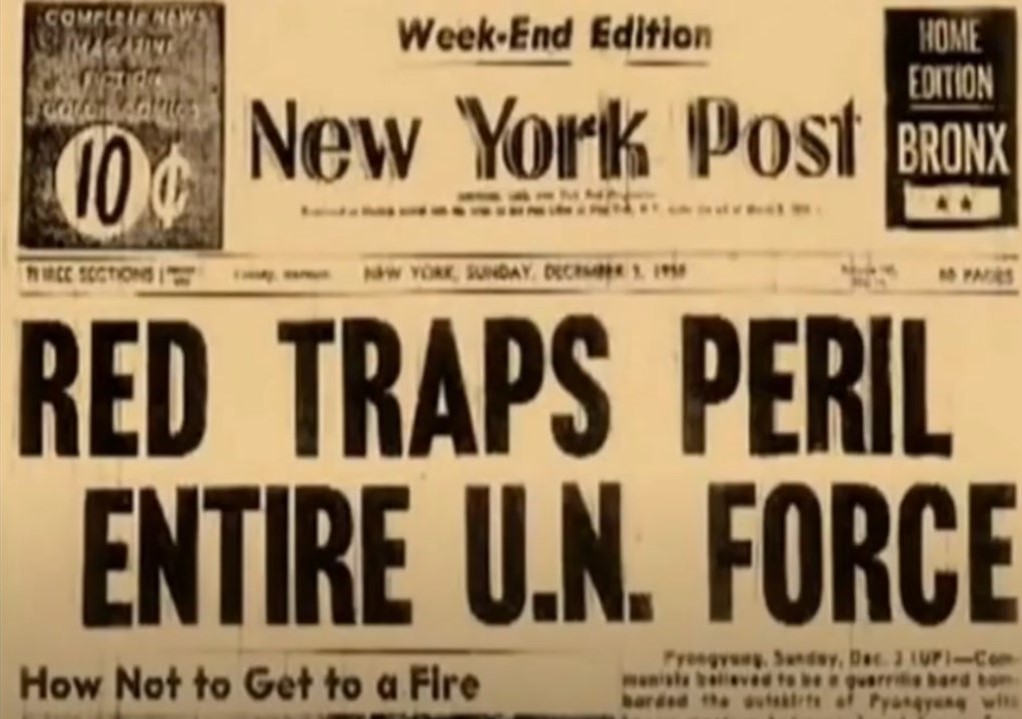
|
Episode 8 |
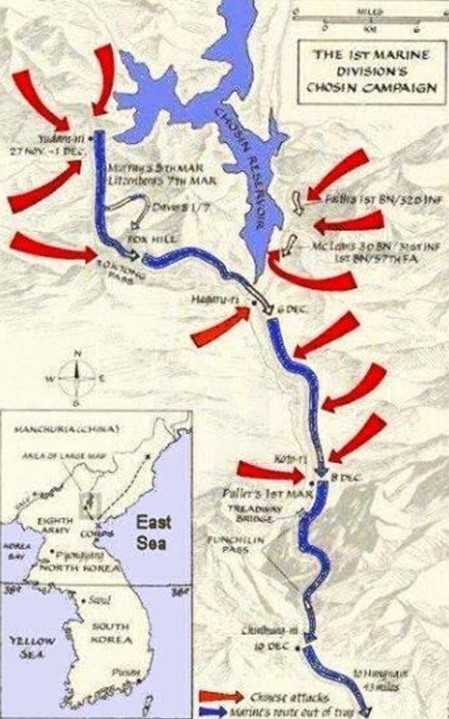
|
|
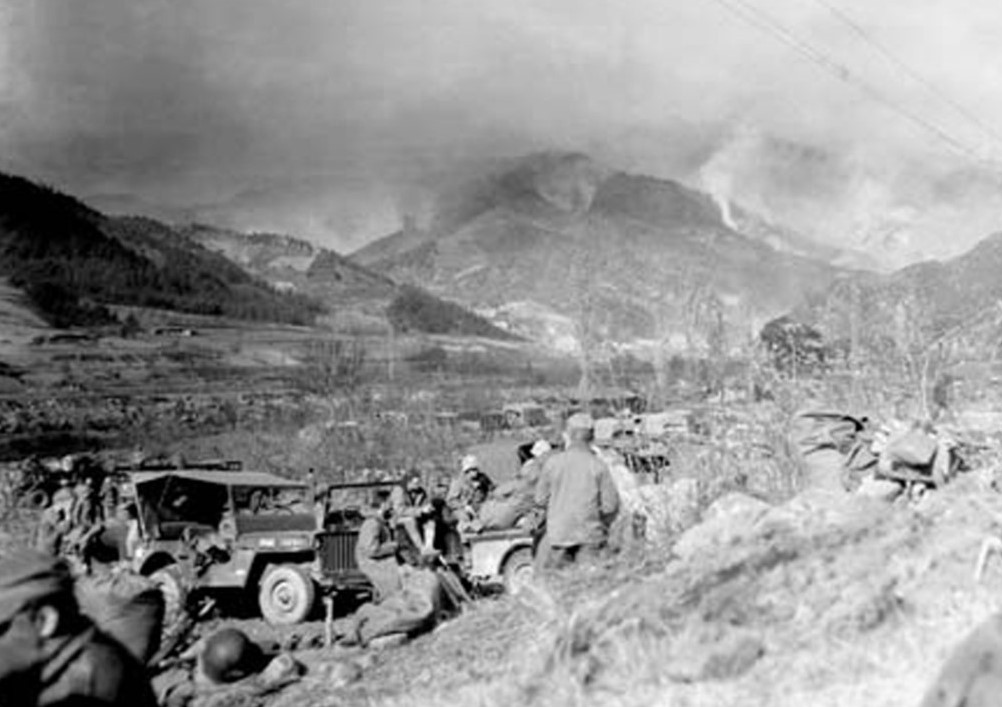
|
|

|
|

|
During the final phase of the battle, with medial supplies, ammunition, rations in short supply, and many of the leadership having become KIA, the remnants of the Regiment lost cohesion and individually infiltrated to the frozen lake and made toward the Marine position on the west side of the reservoir. Of the initial RCT strength of 3300 men including 700 Korean KATUSA soldiers, 385 members were able to continue the fight. The Regiment had held a reinforced Chinese division at bay for five days, after which 1,392 men were MIA. LTC Faith received the Medal of Honor posthumorously. His remains were found decades later; he was finally interred at Arlington Cemetery April 17, 2013. |
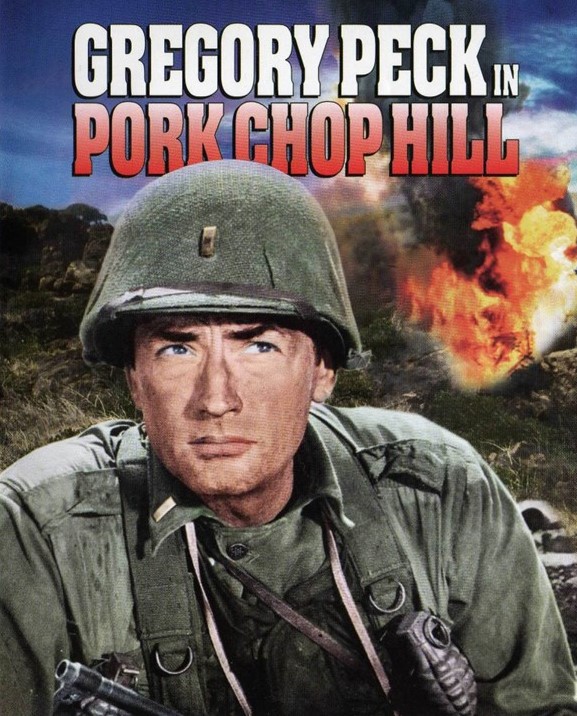
|
Pork Chop Hill is a 1959 American Korean War film starring Gregory Peck,
Woody Strode, Rip Torn, and George Peppard. The film, which was the final
war film directed by Lewis Milestone, is based upon the book by U.S.
military historian Brigadier General S. L. A. Marshall. It depicts the
first fierce Battle of Pork Chop Hill between the U.S. Army's 7th
Infantry Division and Chinese and North Korean forces in April 1953.
|
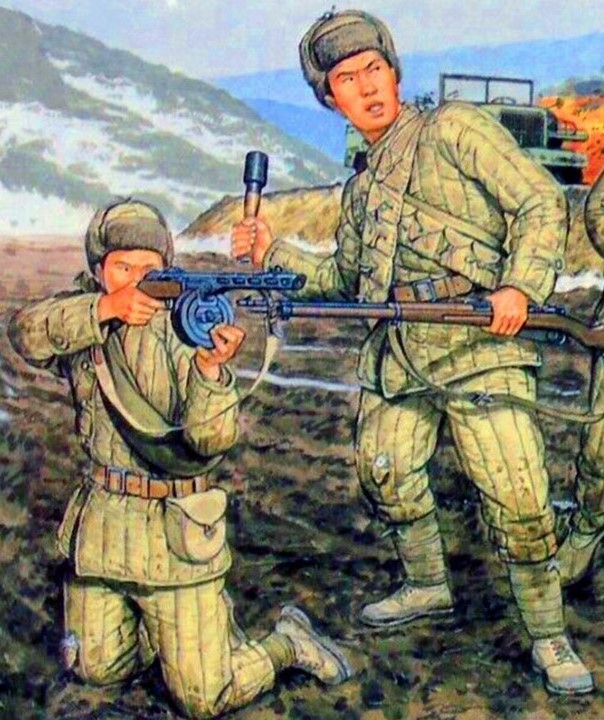
|
|
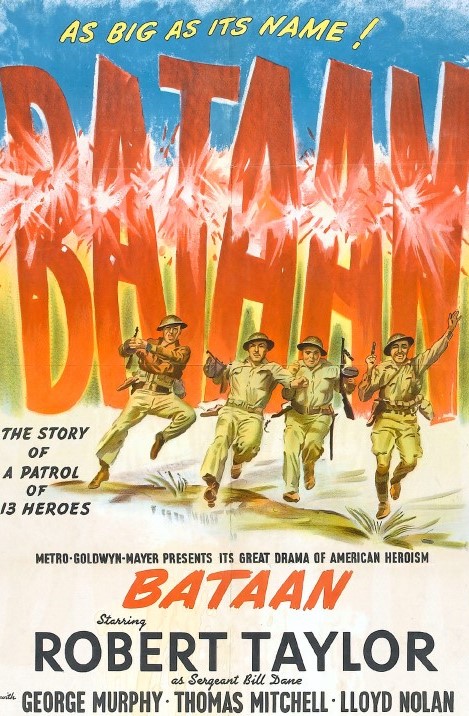
|
Bataan is a 1943 American black-and-white World War II film drama from Metro-Goldwyn-Mayer, produced by Irving Starr (with Dore Schary as executive producer), directed by Tay Garnett, that stars Robert Taylor, George Murphy, Lloyd Nolan, Thomas Mitchell, Desi Arnaz and Robert Walker. It follows the fates of a group of men charged with destroying a bridge during the doomed defense of the Bataan Peninsula by American forces in the Philippines against the invading Japanese. |